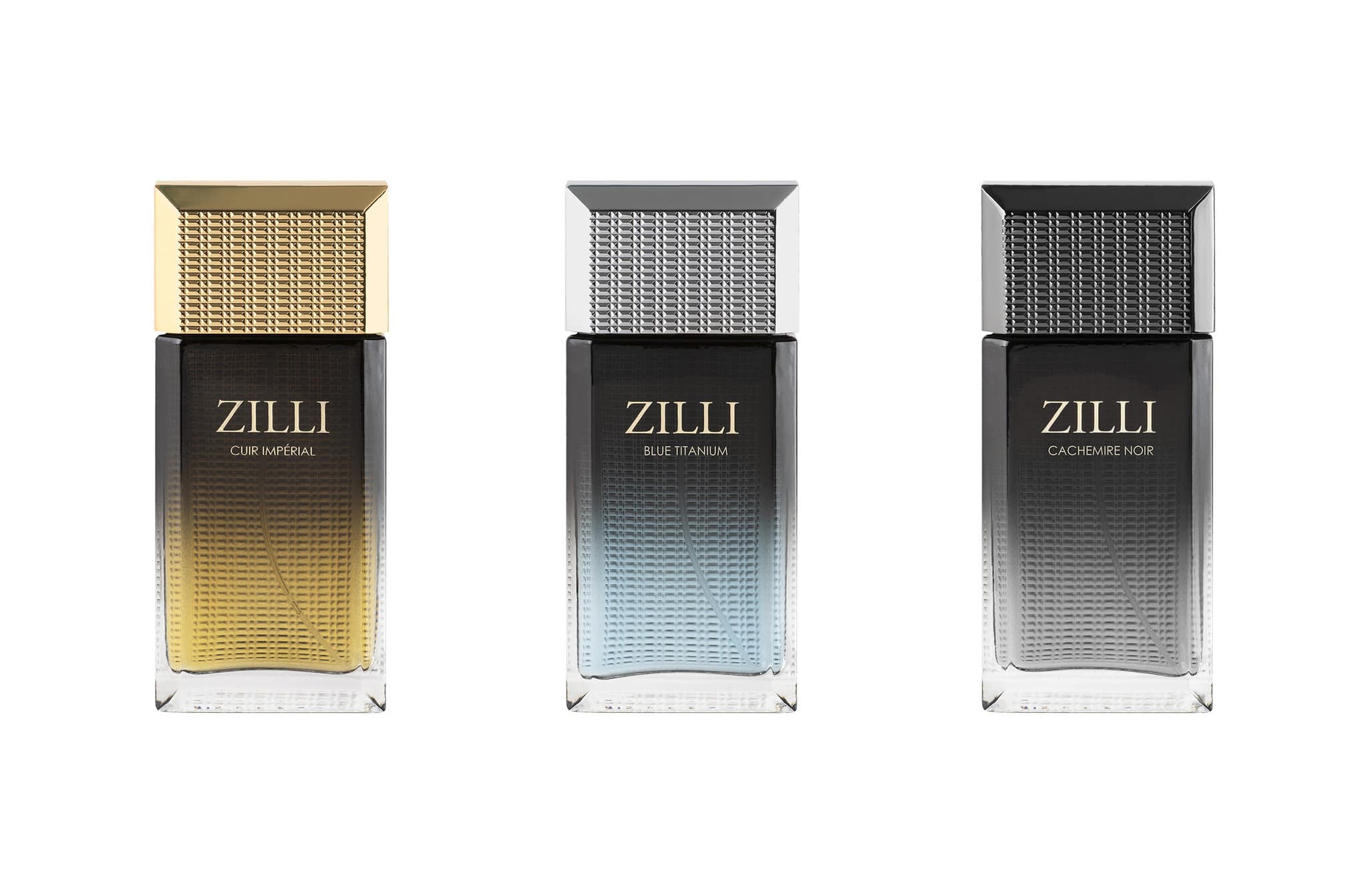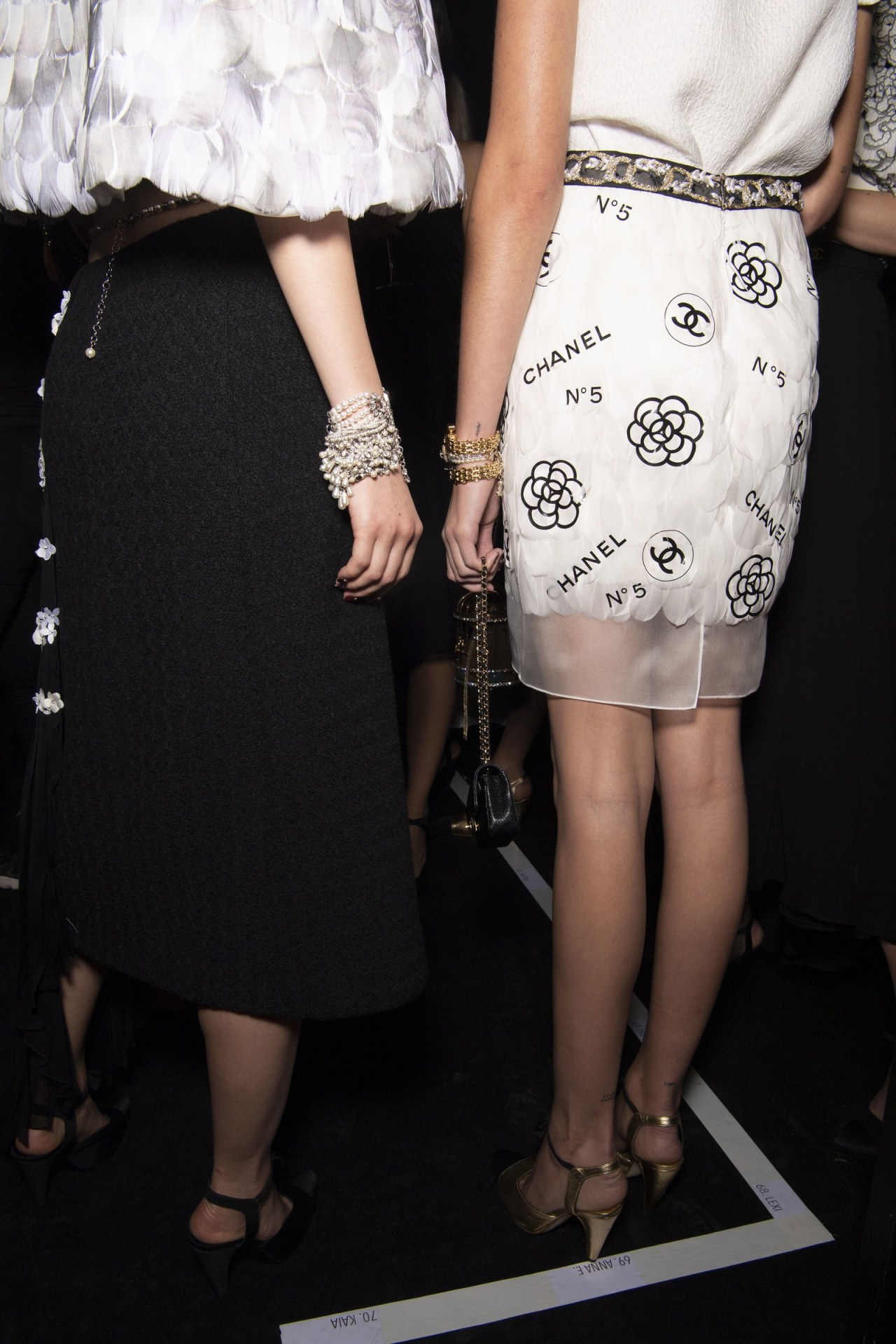According to the European Union Intellectual Property Office (EUIPO), counterfeiting costs France nearly €7 billion a year. The main sectors concerned are fashion and luxury. Pierre Hoffman, lawyer at the Paris Court, explains the protection of creations for professionals in the sector through the law with its rules and practical applications.
By Pierre Hoffman, lawyer at the Paris Court (traduction by Luxus Plus)
A textile creation can be protected from different legal angles: copyright, design law, trademark law and unfair competition. For each, the criteria used by the judge to assess counterfeiting differ. Explanations.
Copyright protects all types of creations provided that they demonstrate their originality
Copyright protects any type of creation, provided that it demonstrates its originality. No registration is required to claim a copyright in a creative. You can’t protect a genre or a concept.
In the fashion sector, an original creation is a creation that does not simply repeat a general tendency in a banal way or an element that belongs to the common fund of fashion.
This may be the case if many similar previous creations exist. Only the judge can determine whether a creation is original or not.
Grounds or forms of garment: design law can protect under certain conditions
Design law can protect a design or the shape of a garment provided that it is new and does not, as a whole, give rise to an impression of déjà vu.
The design can be registered for a renewable period of 5 years.
A specific regime of unregistered designs has been introduced in the European Union.
Subject to certain conditions, protection of the design is possible in the absence of registration, for a period of 3 years from the first disclosure.
This protection has been introduced in particular for fashion players who do not necessarily need to make deposits for collections.
Example: many patterns of HERMES scarves are recorded
Trademark law: register your creations!
If the textile creation includes an element that is registered as a trademark (a logo, a term, a yoke or a specific seam), the garment is in fact protected, despite a shape that may be quite commonplace.
Examples: the “seagull’s wing” seam on the pockets of LEVIS jeans / the KENZO tiger head
Unfair competition or how to justify damage
With this legal basis, we do not consider textiles as a creation but we can punish those who copy because they create confusion for the consumer.
The company claiming acts of unfair competition will have to justify harm caused by these acts.
The illicit copying of a textile creation protected by copyright, design right or trademark right is legally qualified as an infringement.
In the second part of this article, entitled “Fashion and luxury: Where does counterfeiting begin? (2/2)”, lawyer Pierre Hoffman reviews the criteria used by the judge to assess counterfeiting. To be published soon on Luxus-plus.com.









